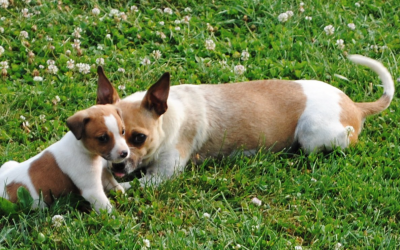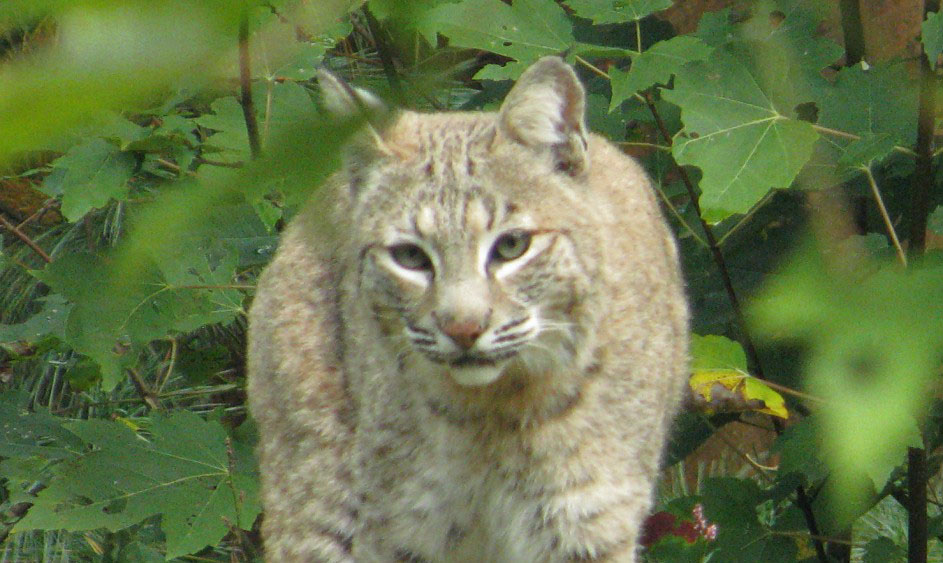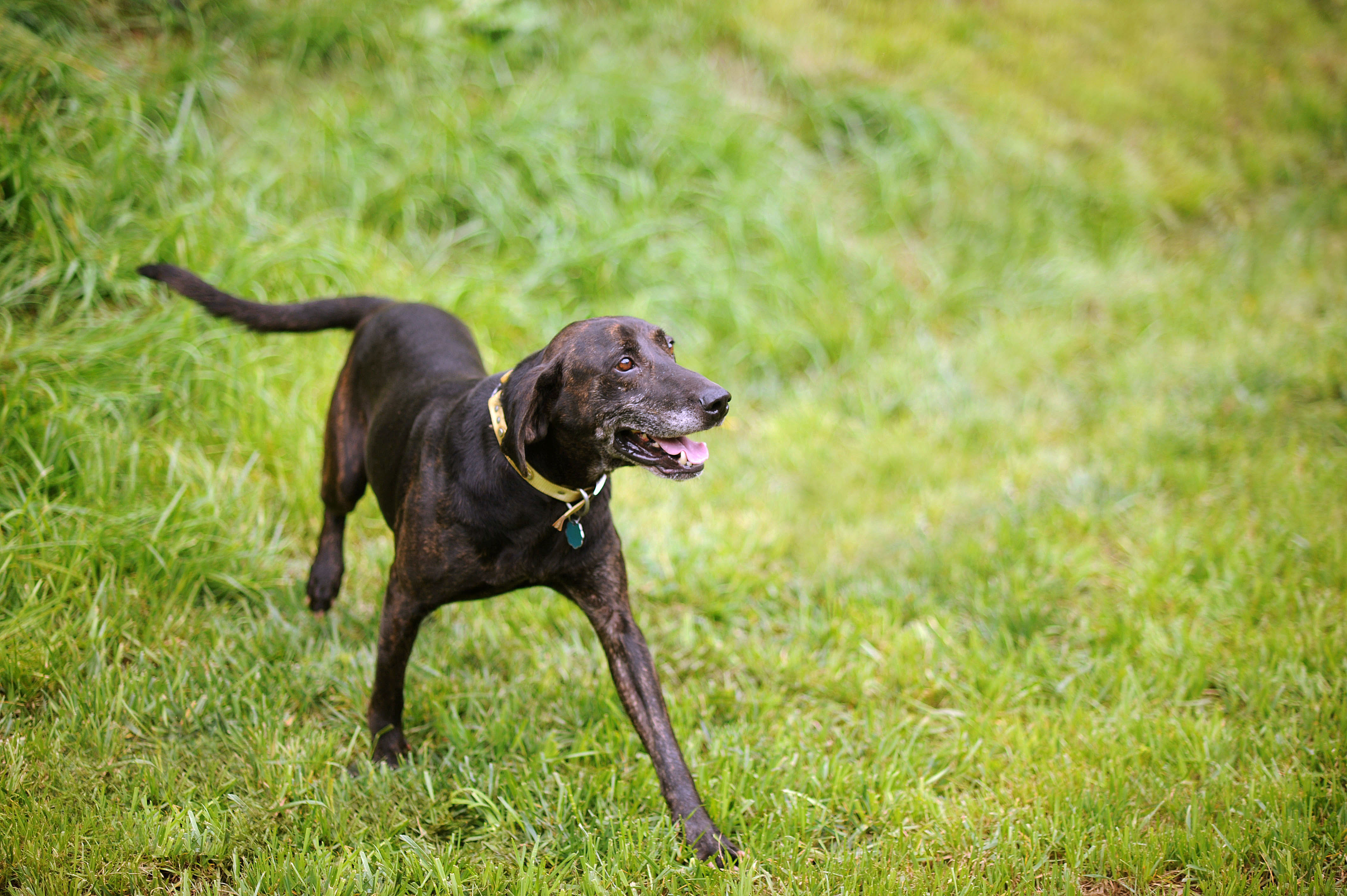Animals
Mountain Feist
Mountain Feist and puppy. Courtesy of Becky Moran Photography. A Mountain Feist is a type of small hunting dog. Like the many others varieties of feists, it is not a specific breed. The ancestral homeland of the Mountain Feist is the Southern Appalachian and Ozark...
Catamounts
Cougar–Courtesy Western North Carolina Nature Center, Asheville, NC Catamount, short for “cat of the mountain,” is a generic name describing any of a variety of mid- to large-size American wild cats. It is most often used to refer to cougars and lynxes. In Southern...
Plott Hounds
The Plott Hound is an agile, muscular dog with a short, often brindle colored coat and historic mountain heritage. Of the 7 breeds of coonhounds recognized by the United Kennel Club, the Plott alone does not trace its ancestry from foxhounds. Its ancestors came from...
Native Animals
Western North Carolina is home to many different species of Appalachian animals. Here is a small list of the animals that reside in the area. Photo courtesy of Mark Haskett Animal Life The Black Bear is found throughout the mountains of North Carolina and all along...
Woolly Worms
Not too many generations ago, before snow plows, central heat, and supermarkets, winters in Appalachia were a much different experience than they are today. Many basic necessities such as mobility, heat, and food were not taken for granted. . .
Bee Keeping
The practice of bee keeping entered Appalachia with the earliest European settlers, and honey was a prized sweetener long before granulated sugar was available. As late as the mid-20th century, most mountain farmers kept hives and practiced the skills of bee keeping. . .
Extinct Species
The Appalachian region is the home of more species of plants and animals than any other temperate forest on earth. Through the long stretch of geological time, life forms have come and gone.
European Wild Boars
In the long history of invasive species in Appalachia, no story is more striking that that of the European wild boar. Often called Russian boars. . .







